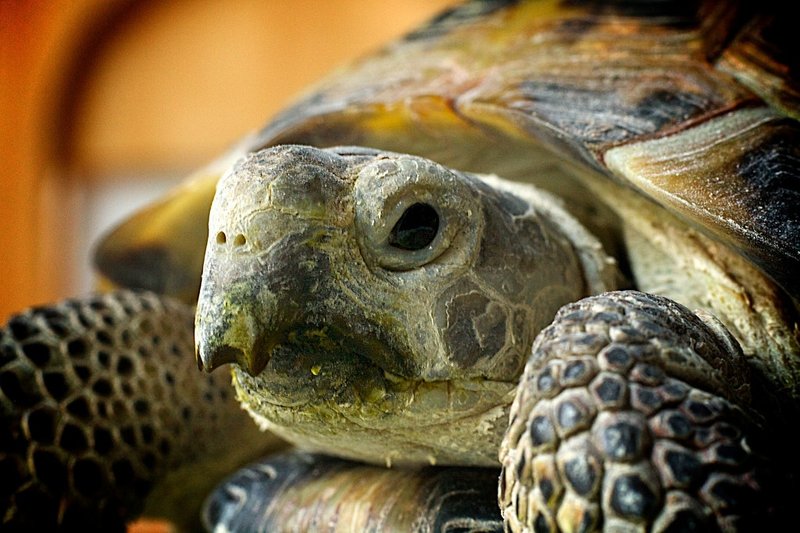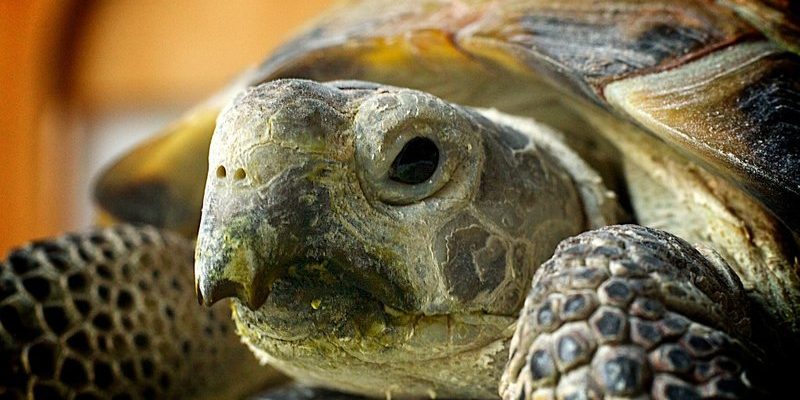
Whether you’re considering adopting one or simply want to learn more, exploring their world is quite a journey. Did you know this species can live for decades and has some seriously cool traits? Let’s dive into ten things you probably didn’t know about the Russian tortoise.
1. They’re Surprisingly Long-Lived
Here’s the thing: Russian tortoises can live an impressive lifespan. We’re talking 50 years or more! This makes them one of the longest-living reptiles out there. Imagine having a pet that can be part of your family for half a century. When you bring a Russian tortoise into your home, you’re not just getting a pet; you’re adding a companion for the long haul.
Their longevity largely depends on proper care and habitat. If you provide a balanced diet, a safe environment, and regular vet check-ups, your tortoise can thrive and become a cherished part of your household for a long time.
2. They Have Unique Eating Habits
If you’re thinking about feeding your Russian tortoise, prepare for the greens! These tortoises are herbivores, which means their diet mainly consists of various plants. They have a natural preference for leafy greens, dandelions, and various types of grasses. You might be wondering, “Can they eat fruits?” While they can munch on fruits occasionally, it’s important to limit their intake. Too much sugar can upset their digestion.
You might find it entertaining to watch them nibble on their food. They tend to munch slowly, savoring every bite. Just like us, they have their favorite foods, and they definitely know how to show it!
3. They Can Be Quite Social
You might think tortoises are loners, but surprisingly, Russian tortoises can enjoy social interactions. They’re curious creatures and can exhibit social behaviors when housed with other tortoises. Just picture them wandering around and exploring their surroundings together. However, introducing new tortoises should be done carefully to avoid territorial disputes.
If you have the space, keeping them in pairs or small groups can be beneficial. They love to bask in the sun together and can often be seen grazing in close proximity. It’s almost like a little tortoise party!
4. Their Shells Are More Than Just Protection
A tortoise’s shell is often seen as just a protective shield, but there’s so much more to it. The shell is made of bones and is a crucial part of their anatomy. It’s not only there to keep them safe from predators but also plays a vital role in their health.
You might be surprised to learn that their shells grow with them. It’s essential to keep it healthy through proper diet and habitat. A well-maintained shell can show signs of vibrant color and strength, reflecting a happy and healthy tortoise.
5. They Prefer a Warm Climate
Russian tortoises are native to the dry, arid regions of Central Asia. This means they thrive in warm climates. For pet owners, this means providing the right temperature in their habitat is key. Ideally, their enclosure should mimic their natural environment, with a warm basking area and cooler spots for them to cool off.
You might want to consider using heat lamps to maintain warmth, especially during colder months. A temperature gradient helps them regulate their body heat, keeping them comfortable and happy. Just be mindful of not overheating the enclosure!
6. They Have Unique Mating Rituals
If you thought tortoises led simple lives, think again! When mating season rolls around, male Russian tortoises can get quite vocal. They display distinctive behaviors to attract females, like making a series of grunting noises. It’s like a tortoise serenade!
The courtship process also involves the male gently nudging the female and even trying to climb on her shell. It’s quite a sight to see! If you’re lucky enough to witness their antics in the wild or in captivity, it’s a reminder of how vibrant and lively these creatures can be.
7. They Require a Special Diet
Feeding a Russian tortoise isn’t as straightforward as tossing in some greens. Nutrition is vital for their growth and longevity. A balanced diet should include high-fiber foods with a variety of plants and greens. Foods like collard greens, kale, and clover can be great staples.
Here’s a quick list of foods to include in their diet:
- Leafy greens
- Dandelion greens
- Grasses and hay
- Occasional fruits (in moderation)
Creating a diverse plate (or, well, enclosure) helps mimic their natural diet and keeps them healthy.
8. They’re Great at Digging
Don’t underestimate the digging skills of a Russian tortoise! They have strong limbs and claws built for burrowing. In the wild, they dig to find food, create shelter, and escape predators. If you’re keeping one as a pet, you’ll need to ensure their habitat allows for some digging.
Consider adding a substrate of soil or sand in their enclosure. This not only encourages their natural behavior but also provides mental stimulation. Plus, it can be quite entertaining to watch them as they create little hideouts!
9. They Can Be a Bit Stubborn
Honestly, Russian tortoises have a reputation for being a bit stubborn at times. They’re not the type to rush through things, which can sometimes frustrate eager owners. When they’re done wandering, they tend to stop, look around, and decide whether to move or not—a true tortoise characteristic!
This laid-back attitude is part of their charm. You might find yourself laughing when they take their sweet time getting to a new spot or reacting to a new toy. Understanding their pacing will help you bond with your tortoise.
10. They’re Facing Conservation Challenges
You might be surprised to learn that despite their popularity as pets, Russian tortoises are facing threats in their natural habitats. Over-collection for the pet trade and habitat loss have led to a decline in their populations.
As a responsible owner, consider looking into ethical breeding practices and supporting conservation efforts. You can help ensure that these amazing creatures continue to thrive for generations to come. After all, being a tortoise owner means being an advocate for their well-being.
In conclusion, the Russian tortoise is more than just a slow-moving pet. From their long lifespans to their unique social behaviors, they bring a wealth of intrigue and joy to the lives of those who care for them. Whether you’re interested in keeping one or simply love learning about animals, the Russian tortoise has plenty of surprises to offer! So, maybe next time you see one, you’ll appreciate all the hidden depths behind that hard shell.

